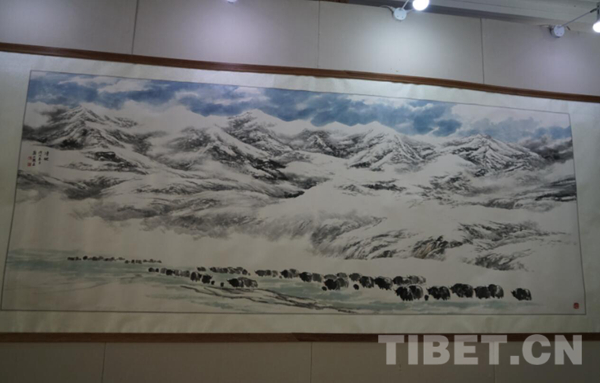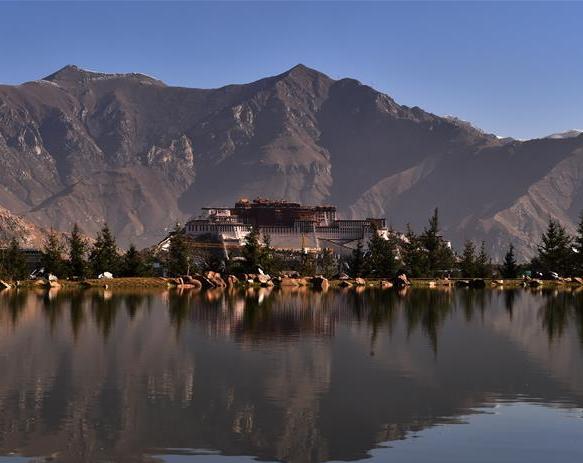Tibet: Ancient landscape, modern opportunities
China's Tibet autonomous region has witnessed great change as its economy, environmental protection, agriculture, tourism, poverty relief, and social security system maintain strong momentum.
Environmental protection
Lalu Wetland National Nature Reserve is the world's highest and China's largest inland natural wetland in Tibet's capital Lhasa.
In order to protect the Lhasa's "green lung", the central and the local governments have invested 193 million yuan in phase 1 and phase 2 projects, including river cleaning and recovering desertified land. Now, phase 3 has been launched.
Currently, the wetland has recorded 332 species of plants, 43 species of terrestrial wild animals, 152 species of aquatic wild animals, and 101 species of insects, and birds including tadorna ferrugineas, bar-headed goose, and lark also inhabit in the place in winter.
Planting trees on mountains in Tibet is hard because of its dry climate, poor soil, strong winds and big temperature difference between day and night.
However, the local people succeeded to plant trees on Nanshan mountain and Beishan mountain with an average elevation of between 3,650 meters and 4,050 meters, and the average gradient on 60 degrees.
The program of tree planting on mountains around Lhasa started in 2012, and the city has greened its Nanshan mountain and Beishan mountain totaling 4,573 mu now.
Your Comment
Name E-mailRelated News
-
-

-
Traditional Chinese painting on Tibetan paper
An exhibition on Han and Tibetan painting and calligraphy was opened on June 12.
-
-
-

-
Delegation from Taiwan visits Tibet
A delegation led by Hung Hsiu-chu, former chairperson of the Taiwan-based Kuomintang, paid a visit to Tibet recently.
-
-
-

-
Tibet takes measures to promote employment
Tibet's Local government has taken series measures this year to help graduates find jobs or start their own business.
-
-
-

-
Railway project to link Tibet, Nepal
China and Nepal will build a cross-border railway connecting the Tibet autonomous region with Kathmandu, as agreed on in more than 10 cooperative documents signed on Thursday.
-
-
-

-
Tibetan medicine college grants first master's in clinical medicine
The Tibetan Traditional Medical College has granted its first 10 master's degrees in clinical medicine.
-







